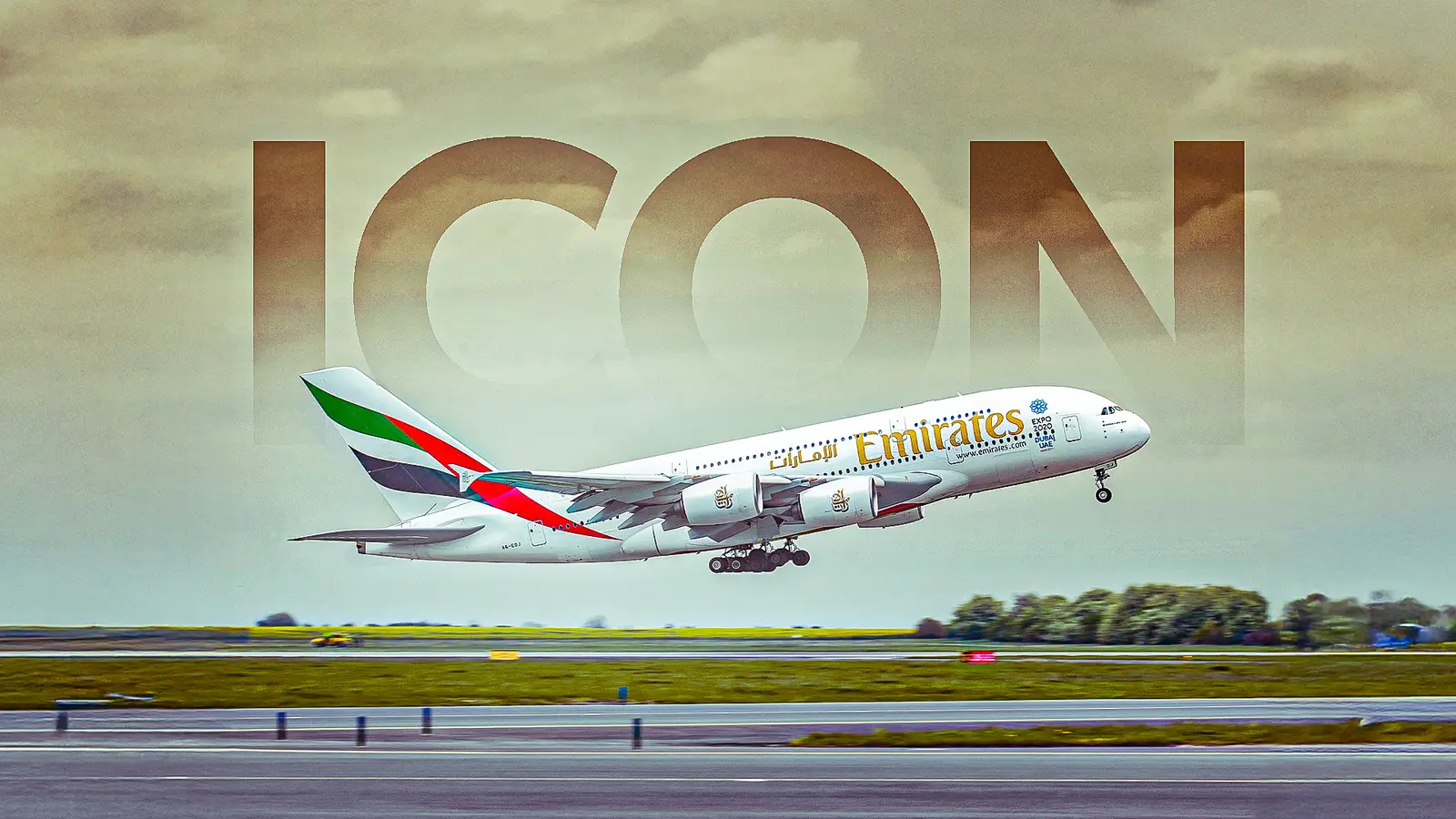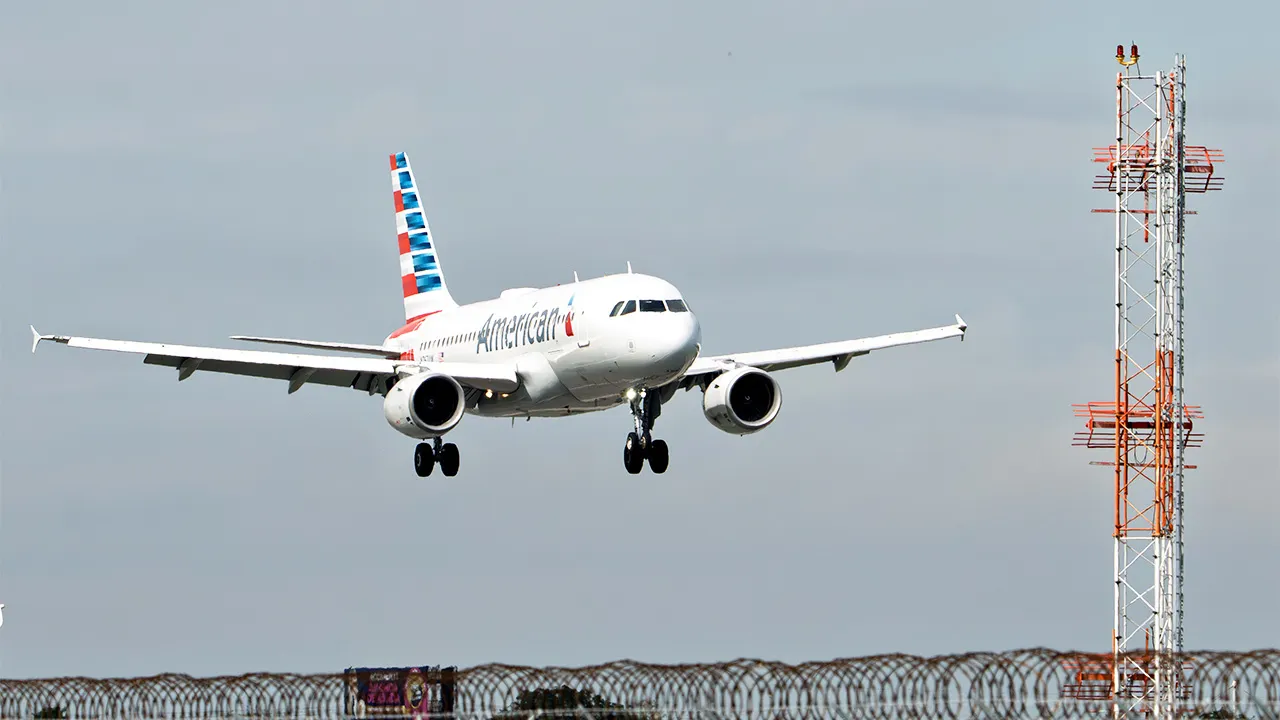Copyright Simple Flying

The Airbus A380 is the largest passenger aircraft ever built. That in itself does much to generate a premium image for the giant jet. The aircraft is also famously quiet, spacious, and has good air pressure. But all this is thanks to Airbus, the manufacturer. Sometimes it's not just the aircraft itself, it's how airlines choose to configure it that shapes an aircraft's image. Emirates has done much to enhance the Airbus A380 and make it an icon of luxury travel. When many people imagine luxury air travel, they will commonly either picture small business jets or these massive, double-decked, quad-engined airliners. Here is what to know about how Emirates shaped the A380 into a status symbol. Emirates Went "All In" On Airbus A380 Emirates purchased half (123) of all the Airbus A380 Superjumbos (251) that Airbus sold. It was the only airline that went "all in" on the jet, with the second-most orders (24) coming from Singapore Airlines. Emirates made the A380 one of only two aircraft types (the other being the Boeing 777). By purchasing so many A380s, Emirates almost single-handedly sustained the A380 program, and it was Emirates trimming 39 examples from its order that caused Airbus to announce the end of the program. Most airlines have either gotten rid of their A380s, downsized their fleets, or are itching to get rid of them as soon as replacement 777X or A350s arrive. A part of the problem for these airlines is that by operating small or modest fleet sizes, they must maintain expensive logistical, maintenance, and training systems dedicated to keeping a few aircraft operating. In 2024, Emirates was the most profitable airline in the world, underscoring how it has managed to put its A380s to profitable use. Emirates has loved the A380 so much that it has asked Airbus to put it back into production as an updated "Airbus A380neo." This is not a request Airbus has seriously considered, as such an aircraft would be expensive and would likely struggle to find any buyers other than Emirates. Emirates CEO Tim Clark has gone as far as to say other airlines didn't order the A380 in an effort to undermine Emirates. Emirates' Status As Premium Carrier Emirates did much to elevate the A380 as a luxury icon. That said, Emirates' role should not be overstated. The A380 was designed for long-haul maintain routes and these are the routes dominated by flag carriers. This means that all airlines operating the aircraft (e.g., BA, Singapore, Qatar, Lufthansa, etc.) also offer premium seating and services on these aircraft. Emirates has consistently featured in the top five airlines in Skytrax's list of The World's Top 100 Airlines (although the top two are typically Qatar and Singapore). In 2025, Emirates was listed as the fourth-best airline in the world after Cathay and ahead of ANA. Like other airlines, Emirates offers extensive premium seating options on its A380s, including first-class seating on most aircraft. That said, Emirates' A380 premium seating is not necessarily the best of the best. For example, the floor space Emirates uses for first class crams in 14 first class suites. In the same area, Etihad only fits 10 first-class suites, and Singapore Airlines puts less than half, just six suites. This means that compared to those two carriers, Emirates' first class's space per seat is rather limited. Emirates' Bar & Spa In The Sky One notable measure Emirates took to boost the luxury icon of the A380 was to install a bar and shower spa. These are located on the upper deck for first and business class passengers. Enjoying a shower spa and an in-flight lounge with a bar makes it feel like one is flying on a private jet. There is even a giant TV at the back of the onboard lounge. That TV is able to stream live satellite TV. The decision to launch an in-flight lounge was a risky one. At the time, Emirates didn't know if it would be popular, and it is expensive as it comes at the cost of fitting an extra eight business-class seats. The lounge was designed in such a way that Emirates could reconfigure the lounge with business seats in just 96 hours. But soon it became clear the lounge was a hit. It provides passengers with an excuse to stretch their legs and enjoy a separate bar food menu, Ironically, the opposite story is true of the Boeing 747 Jumbo. Boeing originally envisioned the upper deck to be a lounge, which is one reason why the original 747-100s came with so few upper deck windows. However, airlines instead used the space for premium seating. Few people have ever had the opportunity to fly first or business class on an Emirates A380, but many people have heard that these massive aircraft have a shower and bar on board. Linking The Distinctive A380 To Emirates' Brand By purchasing half of the world's A380s, Emirates was able to make the jet its own. No other aircraft type is so dominated by a single airline. Emirates is also the world's largest operator of the Boeing Triple Seven, but that aircraft is operated by numerous airlines in large numbers, and there just isn't the chance to tie the 777 to Emirates' brand image in the same way. Arguably, nothing like this had happened since Concorde. Concorde was a unique jet that everyone could recognize and became a household name. Only British Airways and Air France (and briefly Singapore Airlines) operated Concorde. These airlines were able to use the special aircraft to shape their brand image and be the only airlines to offer express transatlantic routes. In a similar way, Emirates has been able to use its own brand image as a premium carrier to shape the perception of the A380. Another advantage Concorde and the Superjumbo have in common is recognizability. While most airplane enthusiasts can easily distinguish A330s, A350s, 787s, and 777s from each other, most casual flyers can not. Almost everyone recognizes the massive twin-decked A380 when they see it. By contrast, even if Singapore Airlines were able to dominate the A350, most passengers wouldn't be able to know if it's an A350 or a 787 by just looking at it. Going Forward For Emirates Going forward, Emirates is continuing to invest billions into refurbishing its A380 interiors. While this is modernizing all the seats and layout, perhaps the most important aspect is adding 56 premium economy seats at the expense of normal economy seats. The next configuration retains the same number of 14 first class and 76 business class seats. Emirates is also transitioning away from its two-type fleet of A380s and 777s. It received its first A350s in late 2024 and is now quickly taking delivery of its order of 65 of the jets. Soon, it will also start taking delivery of 787 Dreamliners. But most notable is its massive order for 777Xs. The 777X may be the only aircraft type that Emirates has a chance of significantly influencing in a similar way as it did with the A380. Of the 565 firm orders for the 777X, 205 of them are by Emirates alone, and another 124 are from rival Qatar Airways. These two airlines account for around half of the current order book. Time will tell if these Middle Eastern airlines will transform the next-generation Triple Seven into a luxury airliner and successor to the A380. Still, the 777X is not the A380. The 777X will be the world's largest aircraft in production, but it is hardly as distinctive or original as the A380. Airbus A380 Vs Boeing 787 Dreamliner What Emirates was able to do with the public image of the A380 arguably has an analogue with what Boeing did with the Boeing 787 Dreamliner. The difference is that Boeing was the first to make a next-generation airliner mostly out of advanced composite materials (the A350 followed four years later). The 787 introduced large dimming windows. Importantly, windows are something normal passengers actually notice. The Dreamliner introduced a range of other innovations that Boeing was able to market, like higher cabin pressure and increased humidity. The impressive range allowed the aircraft to serve the world's long-haul trunk routes previously reserved for larger aircraft. It was reported to be the A380-killer and the hub-buster, both of which are partially true. While the 787 was billed by Boeing as "modern", the A380 was presented by Emirates as "luxurious."



